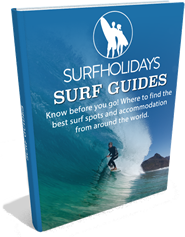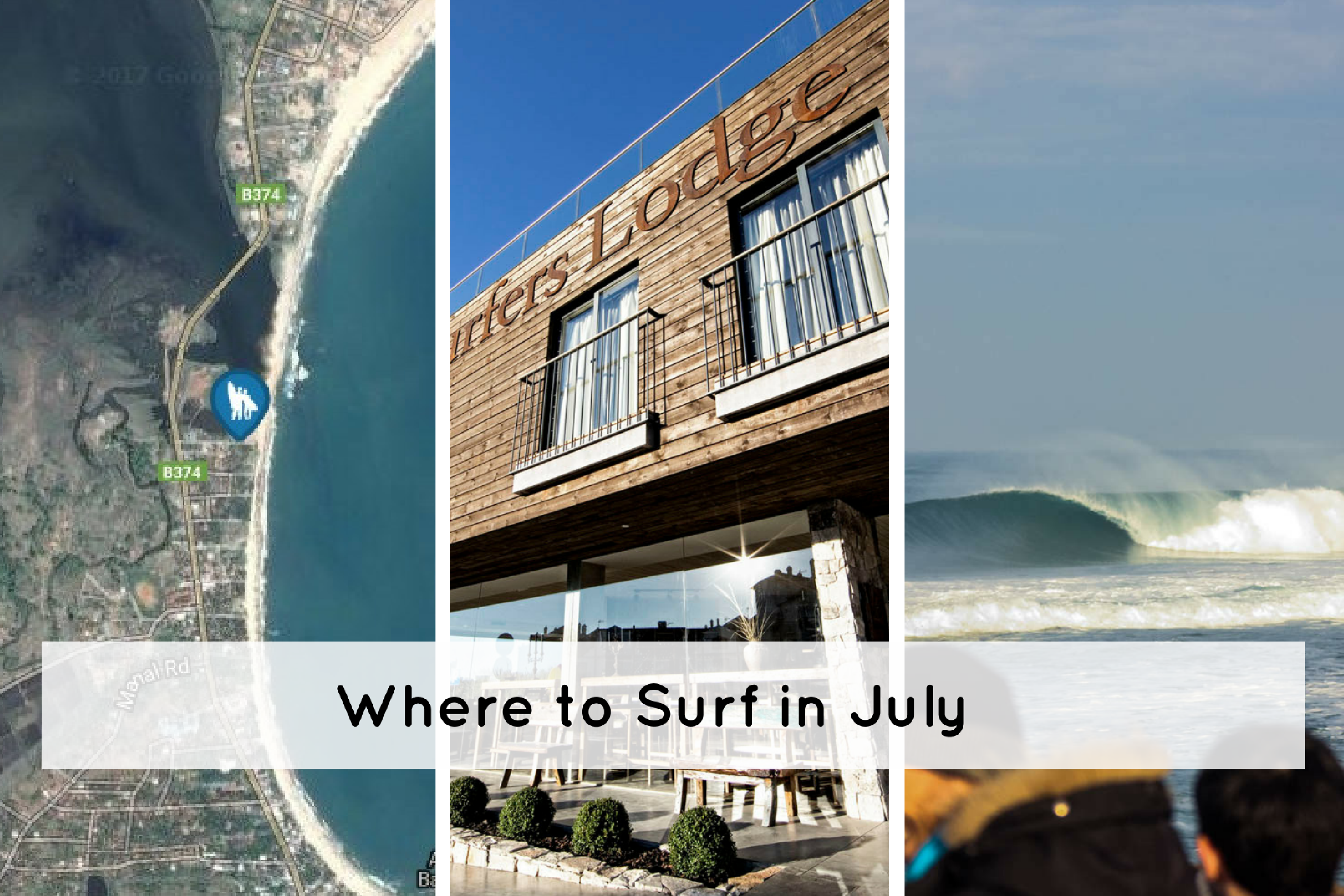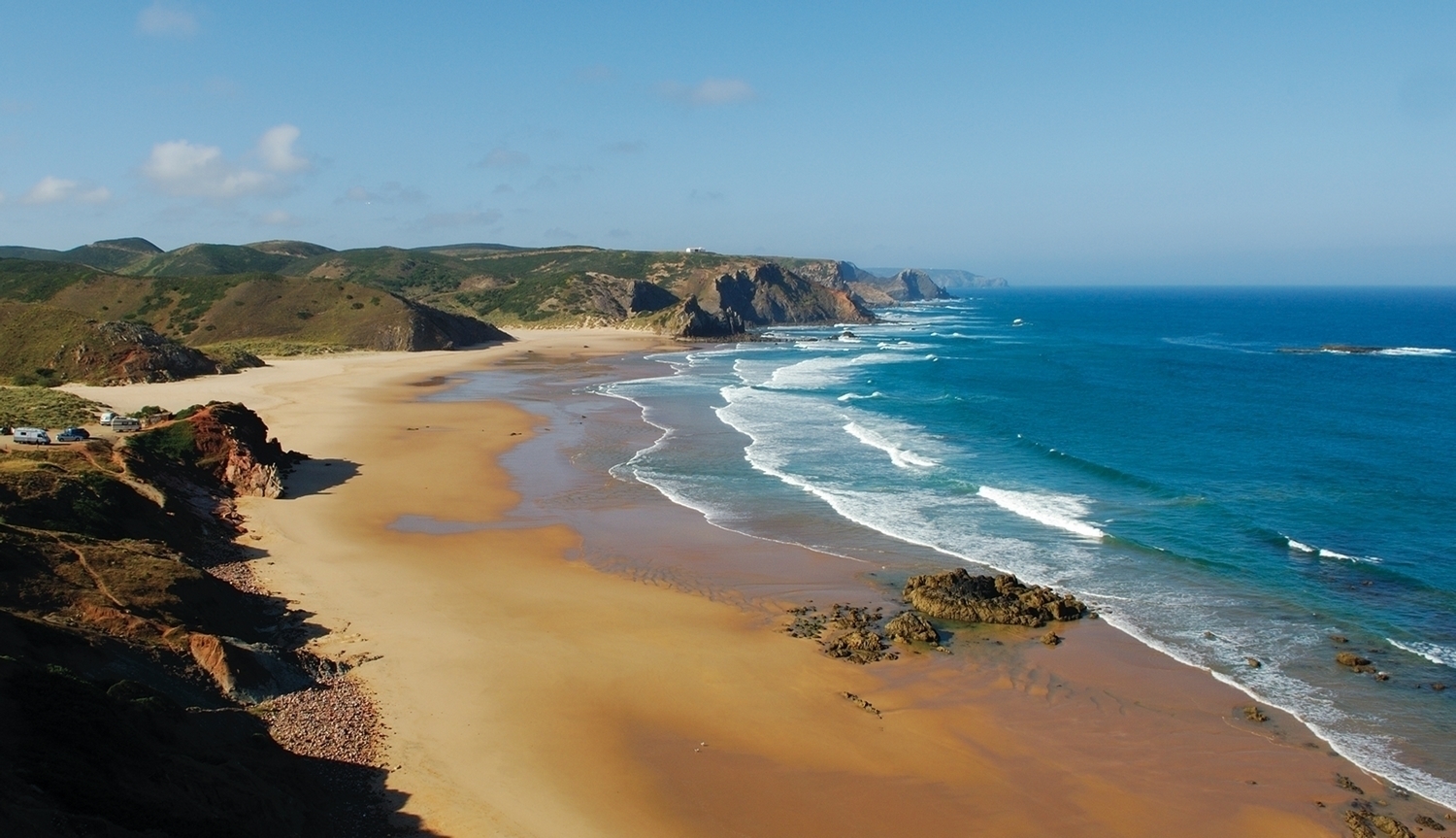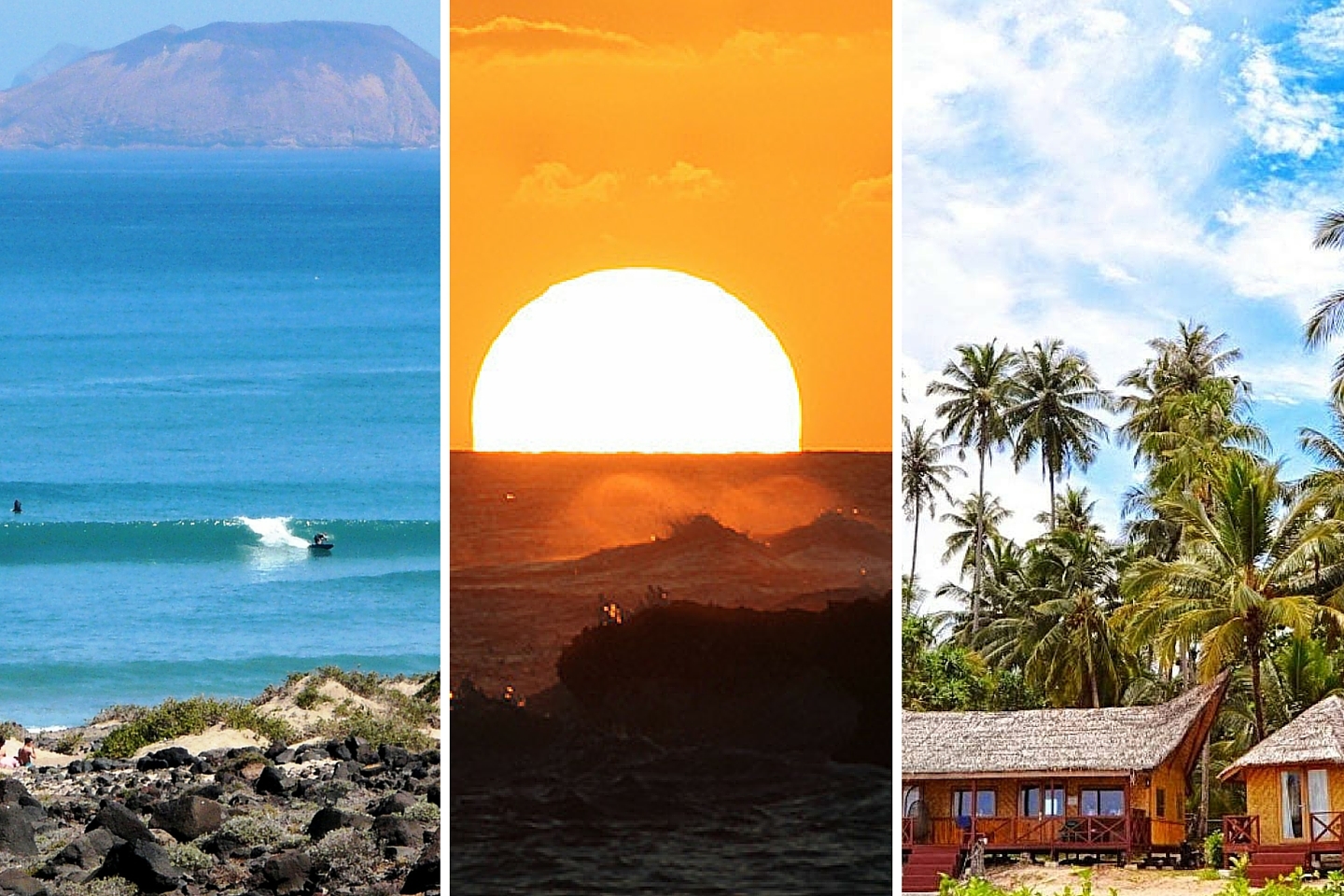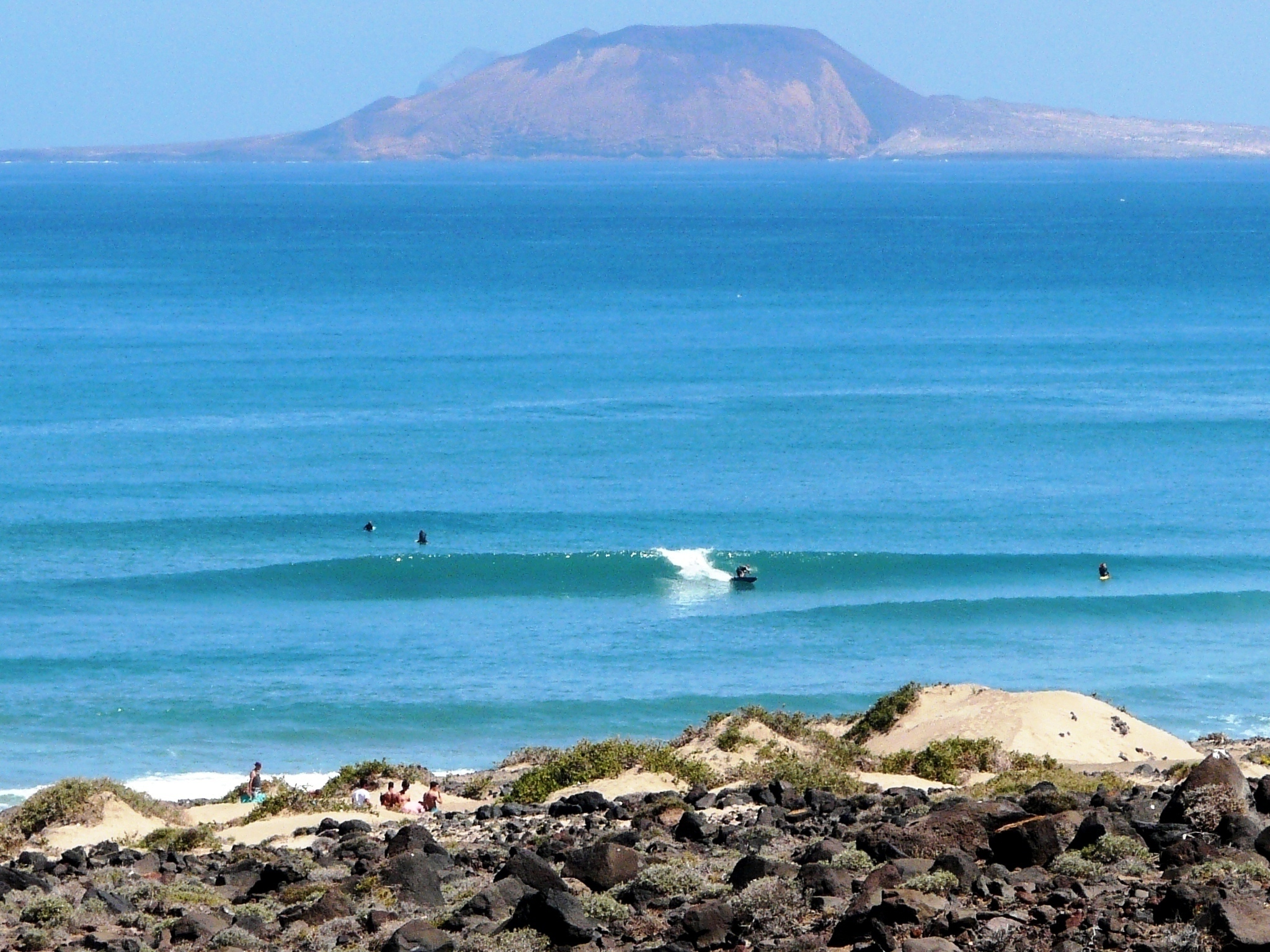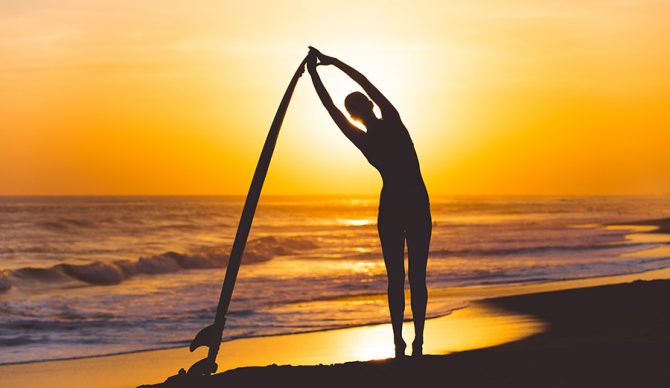Surf Holidays Blog - Learn How to Ride a Wave
1 decade ago
Once you've learned how to paddle, how to catch a wave, and how to stand up on a surfboard, it's time to climb to the next level of waveriding. Although movies and cartoons depict surfers darting straight to the beach, arms outstretced like some spasmodic aircraft, the real aim of the beginning surfer is to surf along on the open face of the wave parallel with the beach , getting the longest possible ride with the greatest amount of speed.
Think before you paddle
You should decide which direction (right or left) you will ride as you begin paddling for an oncoming wave. Understanding and predicting wave behavior will come with time, but how you approach your drop-in will depend on the type of wave your are riding.
Types of waves
If you are surfing a mushy or sloping wave, then you may want to start angling to the right of left even while you paddle. To clarify, a mushy wave does not dictate that you follow your drop to the bottom of the wave. Angling mid-face is a more effective use of the wave's energy and helps you to stay ahead of the whitewater.
However, on a more critical or vertical wave, you need to face forward and cathc the wave before turning in order to avoid digging a rail(side) or nose(front) and thus falling during the drop.
Making your turn
The technique of turning the surfboard is relatively simple. While keeping a low center of gravity (legs bent at the knees),lightly lean your weight in the direction you choose and towards the wave face (but always keep your body centered over the midpoint of your board).This will push the rail into the water, cutting into the water and directing the board in the direction you choose.
Remember, wherever you direct your eyes, your board will follow, so look to the location on the wave you want to end up. Eye up a point down the line and stay focused on that point. Keep your body over the midpoint of your surfboard and lean slightly on your front foot, and you are on your way.
That's the beginners lessons over for now. One thing to also try to do is get fit before you start. Good luck catching your first wave!
Prev: Learn How to Stand on a Surfboard




 Francesca Bingley
Francesca Bingley
